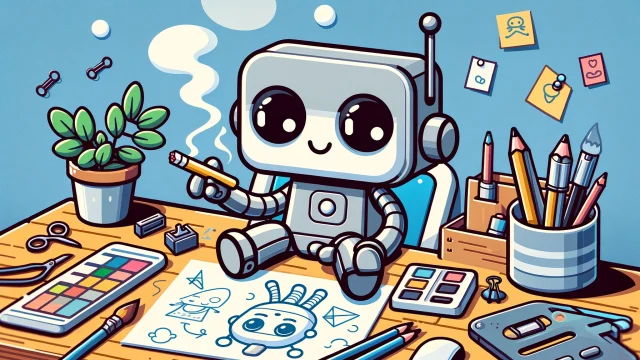The Culture of Dragon Ball: A Global Phenomenon
The Culture of Dragon Ball: A Global Phenomenon
Dragon Ball, created by Akira Toriyama, is more than just a manga or anime series; it’s a cultural phenomenon that has transcended borders and influenced millions worldwide. Since its debut in 1984, the franchise has not only entertained fans with its action-packed storytelling and memorable characters but also shaped cultural trends, inspired creativity, and brought people together across generations. This article explores how Dragon Ball has become a cornerstone of pop culture and its impact on a global scale.
Roots of Dragon Ball in Japanese Culture
1. Influence of Japanese Mythology and Folklore
- Dragon Ball draws heavily from the Chinese novel Journey to the West, with Goku inspired by the Monkey King, Sun Wukong.
- Japanese traditions, like martial arts and respect for teachers, are woven into the series through Goku’s training under masters like Master Roshi.
2. The Concept of Ki (気)
- The idea of ki, or life energy, is rooted in Eastern philosophy and martial arts.
- Dragon Ball popularized this concept, turning it into a recognizable element in global pop culture.
The Global Spread of Dragon Ball
1. Early International Success
- The anime adaptation of Dragon Ball and Dragon Ball Z aired in over 80 countries, making it one of the most widely recognized series globally.
- Dubs in multiple languages introduced Goku and his friends to diverse audiences, helping the series gain a massive following.
2. Influence on Western Media
- Popular cartoons and comics, like Teen Titans and Ben 10, have drawn inspiration from Dragon Ball’s art style and storytelling.
- Hollywood paid tribute to the franchise with Dragon Ball Evolution, albeit with mixed reception, highlighting the global demand for Dragon Ball content.
3. Social Media and Meme Culture
- Iconic moments, like Goku’s Kamehameha or Vegeta’s “It’s over 9000!” quote, have become viral memes, cementing Dragon Ball as a cultural touchstone.
Key Themes and Their Cultural Impact
1. Self-Improvement and Perseverance
- Goku’s relentless pursuit of strength embodies the spirit of self-improvement.
- This theme resonates universally, inspiring fans to push their own limits, whether in fitness, education, or personal growth.
2. Friendship and Loyalty
- The bonds between Goku, Vegeta, and their allies emphasize the importance of trust and camaraderie.
- These values are celebrated in fan communities, where fans form lifelong friendships through shared love of the series.
3. Respect for Tradition and Teachers
- Characters like Master Roshi and King Kai symbolize the importance of mentorship and learning.
- This respect for tradition reflects cultural values in Japan and resonates globally with audiences who value education and mentorship.
Cultural References in Dragon Ball
1. Martial Arts
- The series showcases a variety of martial arts styles, inspired by real-world techniques.
- Training sequences and tournament arcs reflect the discipline and philosophy behind martial arts.
2. Dragon Balls and the Eternal Dragon
- The seven Dragon Balls, capable of summoning Shenron, are inspired by myths of mystical objects granting wishes.
- This element adds a sense of wonder and adventure that appeals to audiences of all ages.
3. Saiyan Mythology
- The Saiyan race and their transformations are rooted in the idea of inner potential and evolution.
- The Super Saiyan transformation, in particular, has become a metaphor for unlocking one’s full potential.
Dragon Ball in Modern Culture
1. Fashion and Merchandising
- Dragon Ball has collaborated with major brands like Adidas and Uniqlo to create clothing and merchandise inspired by the series.
- Iconic symbols, such as Goku’s Gi or the Capsule Corp logo, have become fashionable designs.
2. Video Games and Esports
- Games like Dragon Ball FighterZ have brought the series into competitive gaming, with tournaments showcasing its popularity.
- Dragon Ball games have sold millions of copies worldwide, keeping the franchise alive across generations.
3. Fan Art and Cosplay
- Fans express their love for Dragon Ball through art, cosplay, and fan-made content.
- Events like Comic-Con feature dedicated Dragon Ball panels and cosplay contests.
Impact on Generations
1. Childhood Nostalgia
- For many fans, Dragon Ball was their introduction to anime, sparking lifelong interest in the medium.
- The series continues to appeal to younger audiences through modern adaptations like Dragon Ball Super.
2. Cross-Generational Appeal
- Parents who grew up watching Dragon Ball now share it with their children, creating a unique cultural bridge.
Conclusion
Dragon Ball has grown far beyond its origins as a Japanese manga, becoming a cultural force that unites fans across the globe. Its themes of perseverance, friendship, and self-discovery resonate universally, while its characters and iconic moments continue to inspire creativity and connection. Whether it’s through viral memes, competitive gaming, or heartfelt nostalgia, Dragon Ball remains a vital part of global culture—a testament to its enduring legacy.

